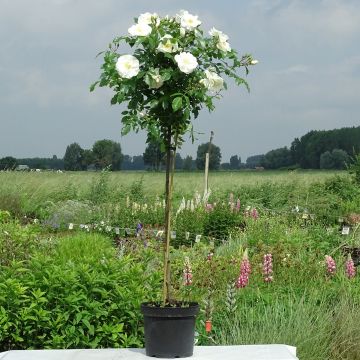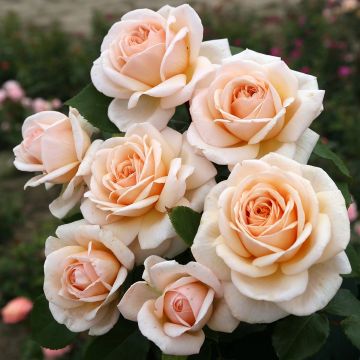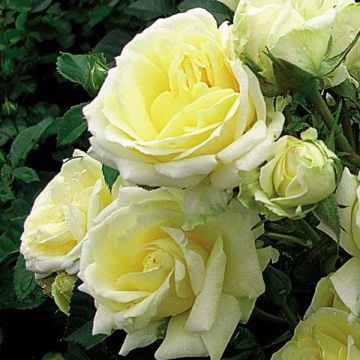

Rosa 'Bonica' - Standard Rose - 90/100cm
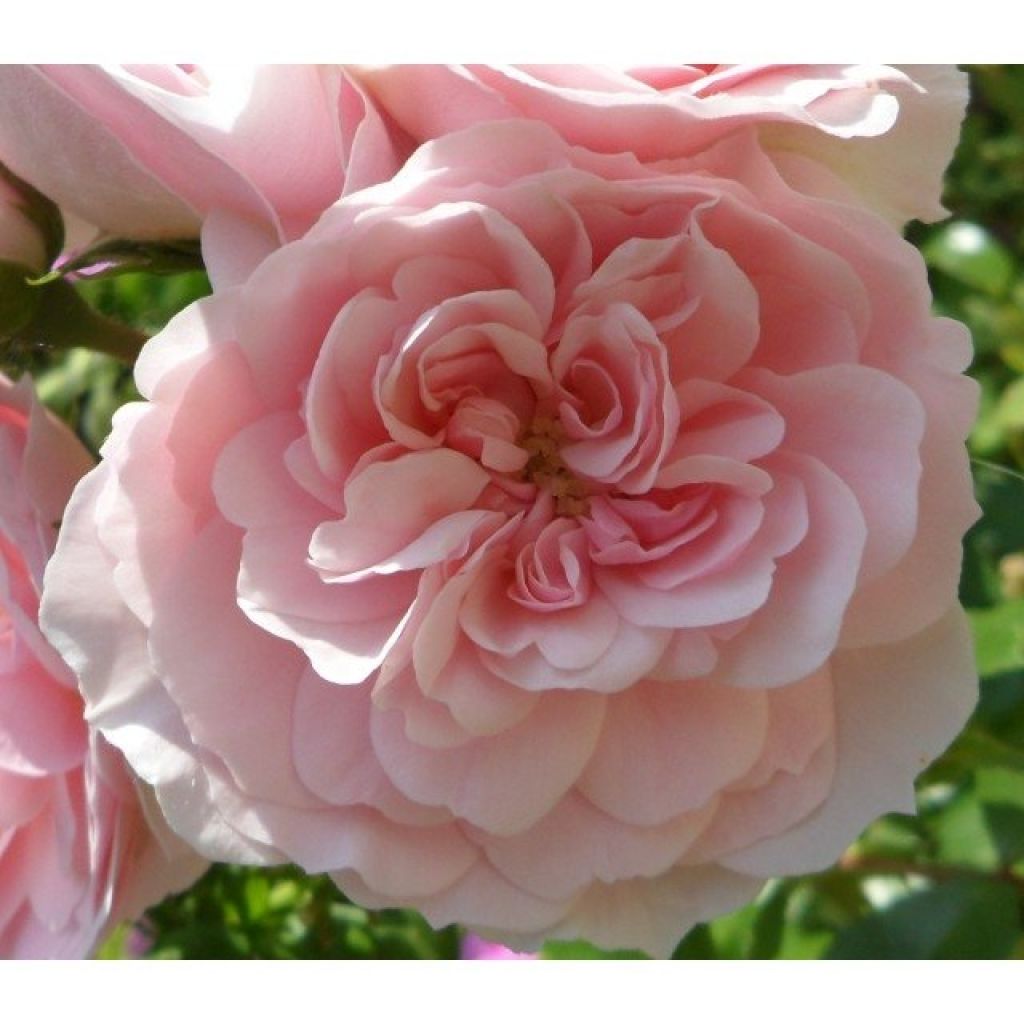

Rosa 'Bonica' - Standard Rose - 90/100cm
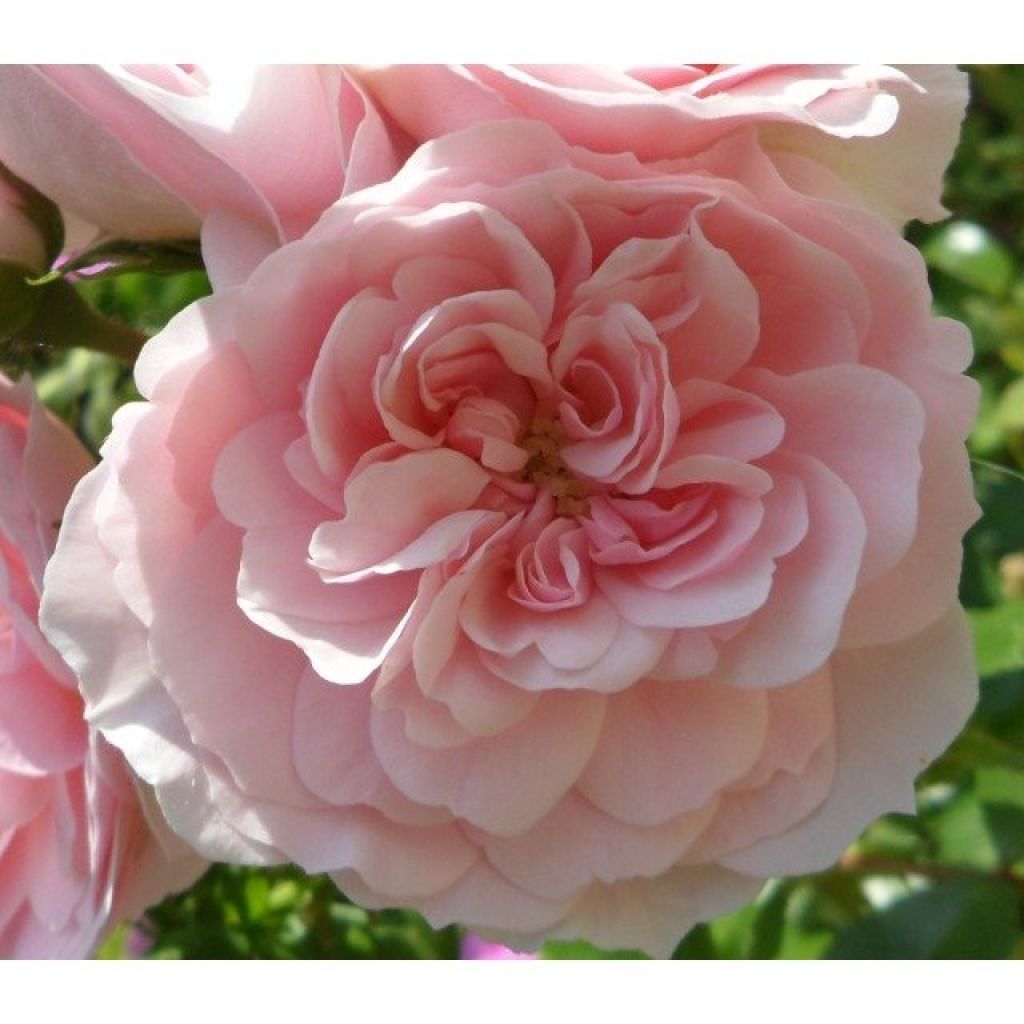

Rosa 'Bonica' - Standard Rose - 90/100cm
Rosa 'Bonica' - Standard Rose - 90/100cm
Rosa Bonica® 'Meidomonac'
Meidomonac Standard Rose
This item cannot be shipped to the selected country
Oversize package delivery charge from €6.90
Oversize package delivery charge from €6.90
Delivery to Corse prohibited
More information
Schedule delivery date,
and select date in basket
This plant carries a 24 months recovery warranty
More information
We guarantee the quality of our plants for a full growing cycle, and will replace at our expense any plant that fails to recover under normal climatic and planting conditions.
Oversize package: home delivery by special carrier from €6.90 per order..
Express home delivery from €8.90.
Oversize package: home delivery by special carrier from €6.90 per order..
Express home delivery from €8.90.
Delivery to Corse prohibited: UE law prohibits the import of this plant from mainland France to Corse as part of the fight against Xylella fastidiosa. Please accept our sincere apologies.
More information



Does this plant fit my garden?
Set up your Plantfit profile →
Description
The Rose 'Bonica', awarded multiple times, is an excellent variety that combines the charm of old-fashioned roses, the floribundancy of modern roses, and robust health. It lends itself well to being trained as a standard, allowing the gardener to fully enjoy its bouquets of flowers in shades of pink, from deep pink Neyron to soft pink, at eye level. With its impeccable tree-like silhouette, this grand romantic deserves a special place in the garden or even in a container on the balcony!
Standard roses are created by grafting a particular rose variety, such as Bonica, onto an upright stem of a different rose species, namely Rosa laxa or R. multiflora. This graft is made at a certain height, typically at 50-60 cm (20-24 inches) above the ground. In regions with very low temperatures, it may be necessary to protect the rootstock during winter.
The Bonica rose (Meidomonac) is classified in the group of polyantha roses, with its flowers gathered in clusters. Grafted as a standard, it forms a rounded and dense crown. The plant blooms abundantly and continuously from June until frost. Its cup-shaped roses are 6 to 8 cm (2 to 3in) wide and open in an old-fashioned manner. Its foliage, composed of toothed and shiny leaflets of fairly light green, is resistant to rose diseases. For this reason, Bonica has been awarded the highly selective ADR label, given by the German Federation of Rose Breeders. This designation is only granted to varieties that have passed the strictest tests in the world. The plants are tested simultaneously at 10 locations in various soil and climate conditions for several years. The tests cover hardiness, perennial character, and flowering without the use of any pesticides.
Bonica was also awarded the American AARS and was voted "Favourite Rose Worldwide" in 2003.
Bred by J Mouchotte for Meilland (France) in 1981.
Report an error about the product description
Plant habit
Flowering
Foliage
Botanical data
Rosa
Bonica® 'Meidomonac'
Rosaceae
Meidomonac Standard Rose
Cultivar or hybrid
Rosa canina Laxa (Wrapped bare root)
Other Tree Roses - Stem Roses
Planting and care
Planting your rose requires some preparation. Begin by working the soil to a depth of 40 cm and adding a base amendment like blood, fish, and bone to the bottom of the planting hole. Remove the plant from its pot and position it by covering the top of the root ball with 3 cm (1in) of soil. Refill the hole and water generously to eliminate any air pockets. It's essential to water the rose regularly for a few weeks during dry weather to help the roots grow. Use a special rose fertiliser that stimulates plant flowering. Choose a sunny location or partial shade to plant your rose in hot regions.
In areas with harsh winters, it is recommended to protect the graft of standard roses by wrapping it with a thick winter cover.
Roses may develop unsightly spots at the end of summer, but this is a natural occurrence and doesn't harm the rose's growth.
Planting period
Intended location
Care
-
, onOrder confirmed
Reply from on Promesse de fleurs
Roses by purpose
Haven't found what you were looking for?
Hardiness is the lowest winter temperature a plant can endure without suffering serious damage or even dying. However, hardiness is affected by location (a sheltered area, such as a patio), protection (winter cover) and soil type (hardiness is improved by well-drained soil).

Photo Sharing Terms & Conditions
In order to encourage gardeners to interact and share their experiences, Promesse de fleurs offers various media enabling content to be uploaded onto its Site - in particular via the ‘Photo sharing’ module.
The User agrees to refrain from:
- Posting any content that is illegal, prejudicial, insulting, racist, inciteful to hatred, revisionist, contrary to public decency, that infringes on privacy or on the privacy rights of third parties, in particular the publicity rights of persons and goods, intellectual property rights, or the right to privacy.
- Submitting content on behalf of a third party;
- Impersonate the identity of a third party and/or publish any personal information about a third party;
In general, the User undertakes to refrain from any unethical behaviour.
All Content (in particular text, comments, files, images, photos, videos, creative works, etc.), which may be subject to property or intellectual property rights, image or other private rights, shall remain the property of the User, subject to the limited rights granted by the terms of the licence granted by Promesse de fleurs as stated below. Users are at liberty to publish or not to publish such Content on the Site, notably via the ‘Photo Sharing’ facility, and accept that this Content shall be made public and freely accessible, notably on the Internet.
Users further acknowledge, undertake to have ,and guarantee that they hold all necessary rights and permissions to publish such material on the Site, in particular with regard to the legislation in force pertaining to any privacy, property, intellectual property, image, or contractual rights, or rights of any other nature. By publishing such Content on the Site, Users acknowledge accepting full liability as publishers of the Content within the meaning of the law, and grant Promesse de fleurs, free of charge, an inclusive, worldwide licence for the said Content for the entire duration of its publication, including all reproduction, representation, up/downloading, displaying, performing, transmission, and storage rights.
Users also grant permission for their name to be linked to the Content and accept that this link may not always be made available.
By engaging in posting material, Users consent to their Content becoming automatically accessible on the Internet, in particular on other sites and/or blogs and/or web pages of the Promesse de fleurs site, including in particular social pages and the Promesse de fleurs catalogue.
Users may secure the removal of entrusted content free of charge by issuing a simple request via our contact form.
The flowering period indicated on our website applies to countries and regions located in USDA zone 8 (France, the United Kingdom, Ireland, the Netherlands, etc.)
It will vary according to where you live:
- In zones 9 to 10 (Italy, Spain, Greece, etc.), flowering will occur about 2 to 4 weeks earlier.
- In zones 6 to 7 (Germany, Poland, Slovenia, and lower mountainous regions), flowering will be delayed by 2 to 3 weeks.
- In zone 5 (Central Europe, Scandinavia), blooming will be delayed by 3 to 5 weeks.
In temperate climates, pruning of spring-flowering shrubs (forsythia, spireas, etc.) should be done just after flowering.
Pruning of summer-flowering shrubs (Indian Lilac, Perovskia, etc.) can be done in winter or spring.
In cold regions as well as with frost-sensitive plants, avoid pruning too early when severe frosts may still occur.
The planting period indicated on our website applies to countries and regions located in USDA zone 8 (France, United Kingdom, Ireland, Netherlands).
It will vary according to where you live:
- In Mediterranean zones (Marseille, Madrid, Milan, etc.), autumn and winter are the best planting periods.
- In continental zones (Strasbourg, Munich, Vienna, etc.), delay planting by 2 to 3 weeks in spring and bring it forward by 2 to 4 weeks in autumn.
- In mountainous regions (the Alps, Pyrenees, Carpathians, etc.), it is best to plant in late spring (May-June) or late summer (August-September).
The harvesting period indicated on our website applies to countries and regions in USDA zone 8 (France, England, Ireland, the Netherlands).
In colder areas (Scandinavia, Poland, Austria...) fruit and vegetable harvests are likely to be delayed by 3-4 weeks.
In warmer areas (Italy, Spain, Greece, etc.), harvesting will probably take place earlier, depending on weather conditions.
The sowing periods indicated on our website apply to countries and regions within USDA Zone 8 (France, UK, Ireland, Netherlands).
In colder areas (Scandinavia, Poland, Austria...), delay any outdoor sowing by 3-4 weeks, or sow under glass.
In warmer climes (Italy, Spain, Greece, etc.), bring outdoor sowing forward by a few weeks.



































